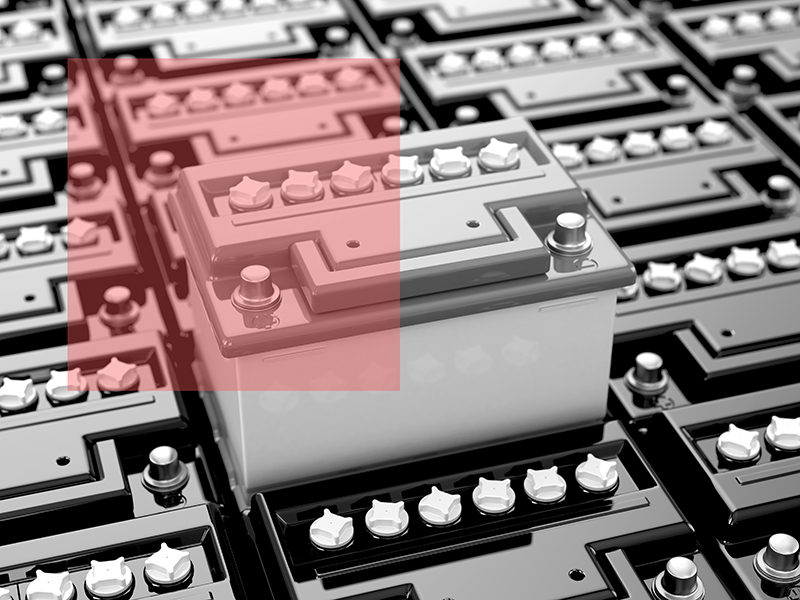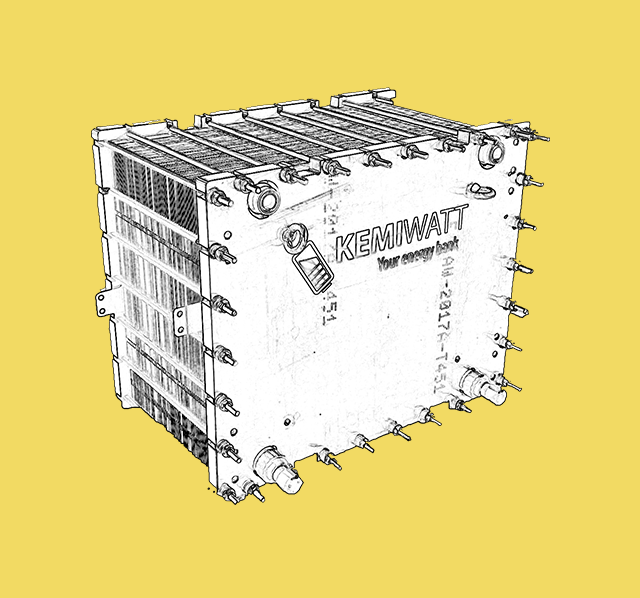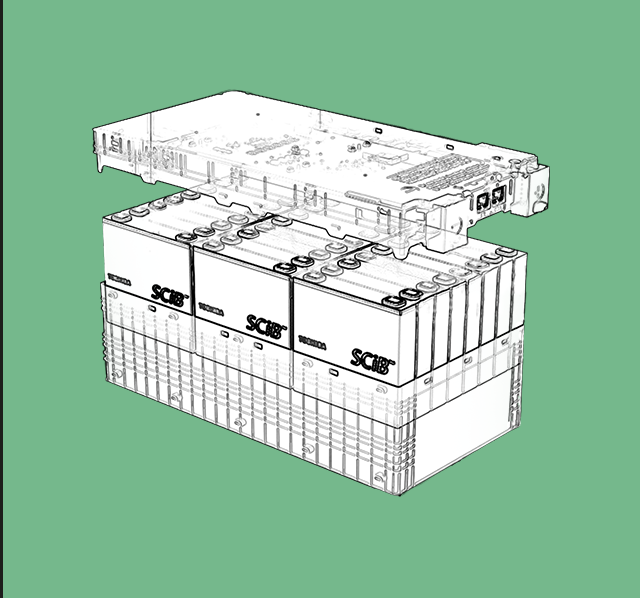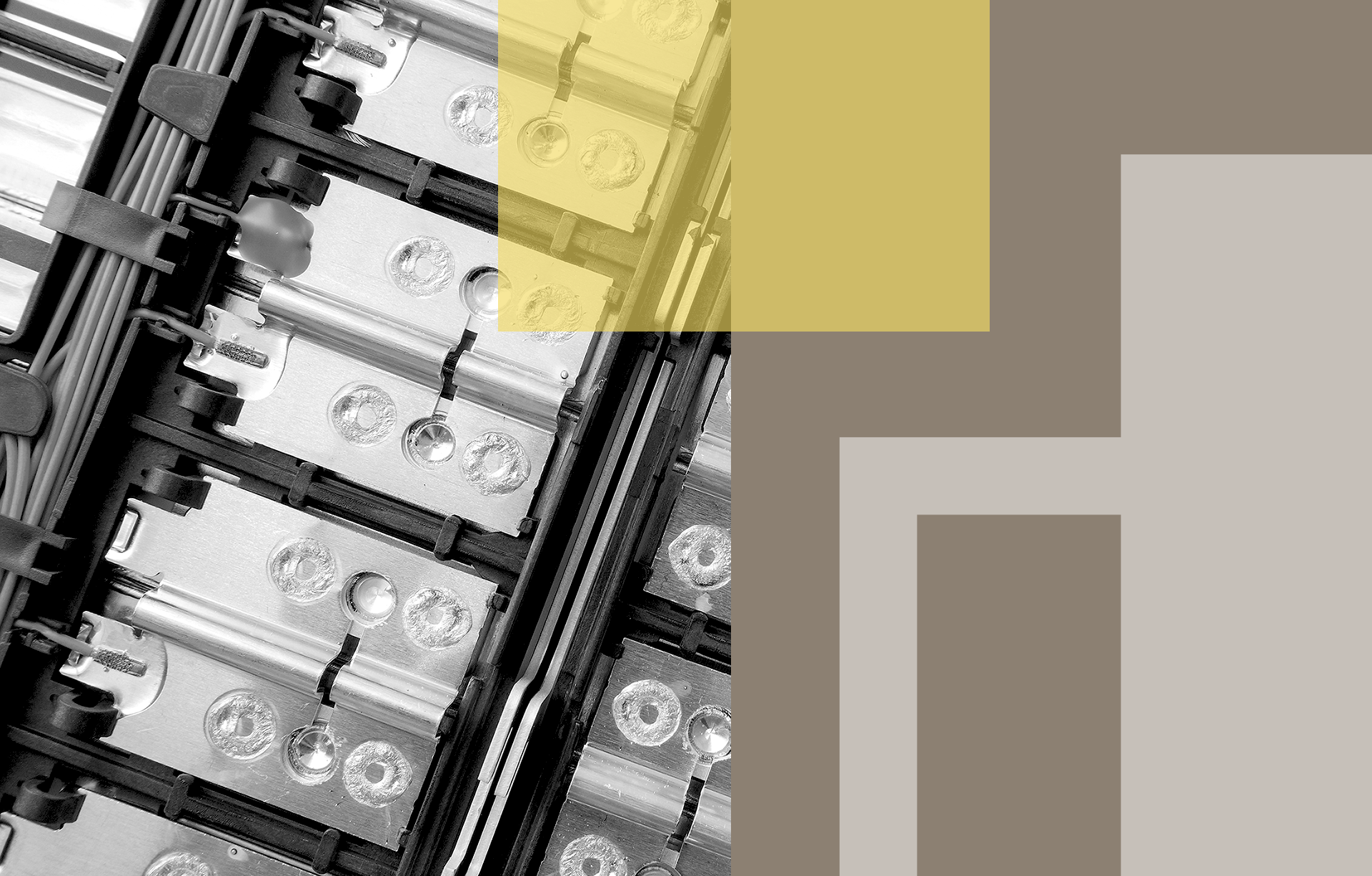Enhanced Hybrid Storage Systems
sustainable and more energy efficient grids and behind-the-meter systems.
Batteries have a bad reputation.
But batteries are evolving.
High-quality and technologically innovative batteries are key to reach the goals of the European Green Deal and contribute to the zero pollution ambition set in it.
Battery technologies are currently seen as important technological enablers to drive the transition towards a de-carbonised society. Advanced batteries are expected to play a major role in electricity grid management in systems with a high share of renewable electricity. Not only can batteries now deliver better performance but they are becoming more cost-effective, sustainable and safe all along their entire life cycle.
While no single storage technology is able to serve all the high-energy and high-power needs of electrical grids and microgrids, a dual approach that combines more than one energy storage system for energy storage applications is a promising approach, as they have an increased ability to optimise power/energy performances.
High-energy applications require storage devices to discharge their energy at rated power for longer than one hour and high-power applications often need storage to discharge all their energy within an hour, or often a much shorter time. In addition, storage technologies in the stationary-applications sector will be required to perform multiple or bundled applications, such as a combination of load levelling, frequency regulation and backup power.
This combination of technologies can allow microgrids to optimize the distributed energy resources (DER) and balance frequency and voltage.

A Dual System for Energy Storage
The Solution
The novel Hybrid Energy Storage System (HESS) developed by our project is based on the battery hybridization by twinning at system level of two of the best energy storage technologies available: Lithium Titanate (LiTO), a high power density component, and Aqueous Organic Redox Flow Batteries (AORFB), a high energy density component. These two technologies are coupled with the development of a breakthrough Battery Management System, Novel Power Electronics and an advanced Power Management System which is fully integrated with Energy Management Systems (EMS) and grid systems.
These innovations are the groundwork for the optimization of an advanced hybrid storage solution for microgrid applications that is high-performing, cost-effective and environmentally-friendly. The project will validate its power and energy applications in both grid and behind-the-meter market segments through its three pilot sites, which will attend to each specific power and energy needs, response time and discharge time, covering applications from second to several hours.

The Impacts
- Increased competitiveness of electrical energy storage by balancing power needs with energy needs.
- Providing a more efficient system with a longer and better performing lifespan with an Round Trip Efficiency (RTE) above 90% for LiTO and above 75% for ORFB, and expected lifetime above 12 years.
- Optimizing balance-of-plant and installation costs with a reduction of 15-40 % in CAPEX and 20-40 % in OPEX.
- Project results should put the energy storage cost on the path to fall below 0.05 €/kWh/cycle by 2030.
- Replication potential validated via in 3 pilot sites.

Did You Know?
Our project follows the current European Strategic Energy Technology Plan (SET-Plan).
HYBRIS is aligned with the Integrated SET-Plan Action 7 which promotes the implementation of storage technologies to help increase the share of renewable energy sources and improve the flexibility and reliablity of electrical grids.
The HYBRIS Approach
HYBRIS follows a step-by-step development, from battery technology optimization to HESS enabled services deployment and demonstration, passing through optimal sizing, and system integration towards use case validation and demonstration.
We propose the combination of high power and fast response performant lithium ion battery based on LTO and an Aqueous Organic Redox Flow batteries, free of metals, as an environmentally friendly solution to be the energy supplier workhorse of this hybrid configuration.
Did You Know?
Our project is part of FLORES: a Network of Flow Battery Research Initiatives.
The FLORES network consists of 13 EU-funded projects that come together to cover the entire value chain of flow battery development, from modeling and material research to prototypes and recycling.

More Hybris
Discover who we are and how we will help build the electric grid of tomorrow.






